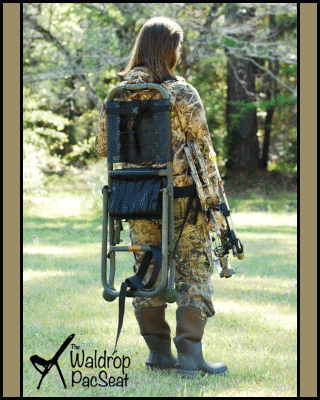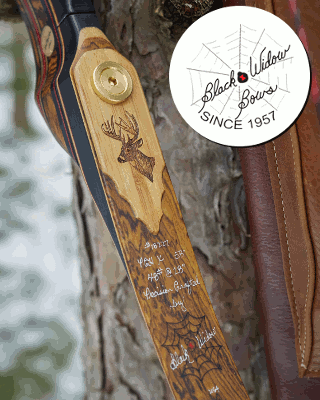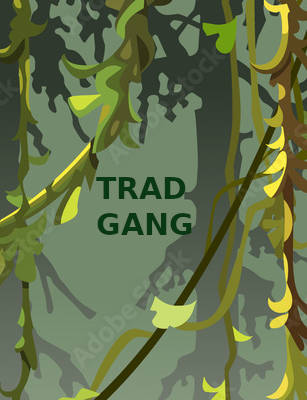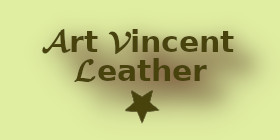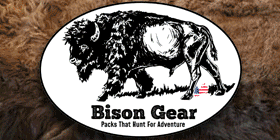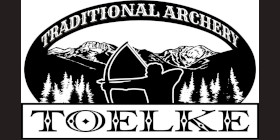In an effort to reduce the possibility of bovine tuberculosis (TB) transmission among wild deer and elk, supplemental deer feeding has been banned this winter in a 4,000-square-mile area of northwestern Minnesota, the Department of Natural Resources (DNR) announced today.
The ban, which was required by the 2006 Minnesota Legislature, is aimed at reducing close contact among wild deer and elk over piles of supplemental feed in the vicinity of livestock farms where bovine TB has been documented. Such circumstances increase the chance of transmitting bovine TB and other wildlife diseases.
The ban is also a requirement for reinstating Minnesota's bovine TB-free status from the U.S. Department of Agriculture (USDA). In January, Minnesota lost its bovine TB-free status after the disease was discovered in cattle in northwestern Minnesota.
"Regaining Minnesota's bovine TB-free status is of utmost importance to cattle producers," said Dr. Michelle Powell, DNR Wildlife Health Program coordinator. "The DNR is working closely with the Department of Agriculture and the Board of Animal Health to achieve that goal as quickly as possible."
Under the ban, grains, fruits, hay, vegetables, nuts and other food that is capable of attracting deer or elk may not be placed or distributed within the area. The ban does not apply to liquid scent, salts, minerals or food present resulting from normal agricultural practices, forest management or wildlife food-planting practices (food plots). Food for small animals or birds must be placed at least six feet above the ground or in a manner that excludes deer and elk. The DNR strongly recommends landowners and others to remove any supplemental deer feed already in place.
"This ban is a prudent course of action given that bovine TB has been confirmed in seven cattle herds and two individual wild deer in this area of northwest Minnesota," said Lou Cornicelli, DNR Big Game Program coordinator. "Deer feeding is not necessary to maintain a sustainable herd. In fact, the risk of transmitting bovine TB or other wildlife diseases through supplemental feeding outweighs any possible benefits of deer feeding."
In addition to the deer-feeding ban, the DNR collected nearly 1,000 tissue samples from deer harvested this fall within the bovine TB area in northwestern Minnesota. In addition, 4,000 samples were collected from hunter-harvested deer in selected areas of the state outside the bovine TB infected area. Test results from samples collected this fall will be available in January.
Bovine TB is a bacterial disease that primarily affects cattle; however, other animals may become infected. It is known to occur in Michigan deer but does not exist in deer anywhere else in the United States. Cooking meat to an internal temperature of 165 degrees destroys the bacteria. When field dressing all game, the DNR recommends the use of rubber gloves to prevent exposure to a number of diseases, including salmonella and E. coli.
BOUNDARY DESCRIPTION
Beginning at Minnesota Highway 89 and the Canadian border east along the Canadian border to longitudinal point 95 degrees, 9 minutes, 11 seconds; south to the shore of Lake of the Woods; east along the shore of Lake of the Woods to Lake of the Woods County Road 17; south to Minnesota Highway 11; southeast to Minnesota Highway 72; south to the north shore of Upper Red Lake; west along the boundary of the Red Lake Indian Reservation to Minnesota Highway 89; south to Minnesota Highway 1; south on Minnesota Highway 1 to the Clearwater County line; west along the Clearwater County line to the Pennington County line; west to the intersection of Pennington County Road 27 and Pennington County Road 3; west on Pennington County Road 3 to Pennington County Road 24; north on Pennington County Road 24 to Minnesota Highway 1; west on Minnesota Highway 1 to Minnesota Highway 32; north to Minnesota Highway 11; northwest to Minnesota Highway 89 to the starting point.

